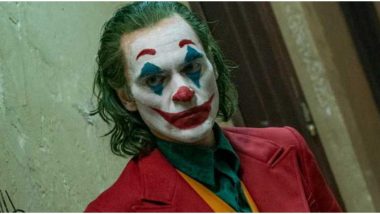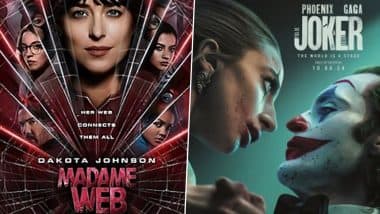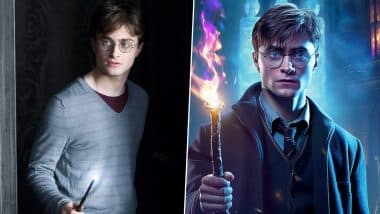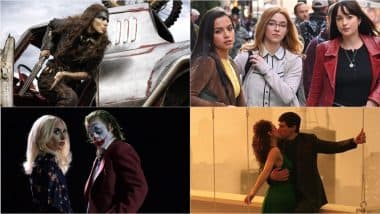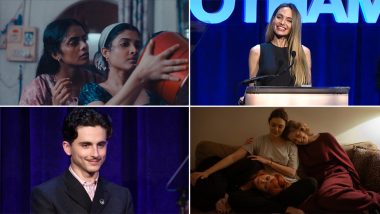Joker, directed by Todd Phillips, has become the comic-book film that has managed to shake the shackles out of a normal movie buff. If Avengers: EndGame has owned the year with its 'highest-grossing' business, then the conversations and controversies have been owned by Joker, that earns the epithet of the most debatable film in recent times. The movie has been accused of encouraging violence, because it tells the story from the point of view of its deranged protagonist. The final twenty minutes or so, even nudges towards that side of argument. But ultimately, Joker is more or a less a fictional take on a popular super-villain, while trying to pass itself off as a commentary on the increasing restlessness in the word. Joker Movie Review: Joaquin Phoenix Redefines This Iconic DC Villain With a Beautifully Disturbing Tale.
Whether you are in awe of the film or not, it is difficult not to fawn of the lead actor Joaquin Phoenix's incredible performance as Arthur Fleck, a man who is afflicted with mental and neurological problems, and whose life reflects the deteriorating state of the city that he lives in. Or is it his mind? For Joker is the kind of movie that makes you question what you have seen - whether anything that happened with Arthur, did happen. Just like with Scorsese's Taxi Driver, just like Stanley Kubrick's The Shining. Joker’s Laugh: What is Pathological Laughter and Crying As Shown in the Joaquin Phoenix Starrer?
In this special feature, we look at seven specific details that you might have missed in Joker, and what they mean in the context of the film.
The Bruce Wayne Flashback in the Epilogue
The one question that you would be asking after watching Joker is whether the whole movie did happen, or if it was all in the head of Arthur Fleck. By the time, Joker reaches its climax, we have realised that Arthur is a captive of his own delusions and has even imagined a whole relationship with his neighbour. He had even imagined himself in a meeting that happened years ago between his mother and her therapist. So was the decay of Gotham and the killings he did all part of the delusional life that he made for himself?
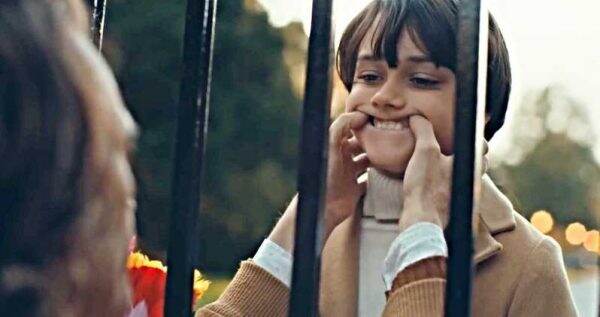
The epilogue gives a little clue of this, when he thinks about a young Bruce Wayne standing near the corpses of his parents, covered in their blood. It was a recollection of the scene that happened in the chaotic climax. The thing is, Arthur wasn't there when it happened; he was unconscious from the car crash. So how did he try to recreate that scene vividly? Even the therapist asks him what he is laughing about, he tells her 'You won't get it'. Is it because it's all in his head? Considering his hatred for the upper-class Thomas Wayne and his frequent lapse to delusions, you can't discount the idea.
Pogo's Club
The club where Arthur performs that disastrous standup act is called Pogo's Club. A pretty unassuming name for a club, unless you know the terrifying real-life story behind that name. Pogo was a name that John Wayne Gacy used to give himself when he entertained kids at birthday parties as a clown.
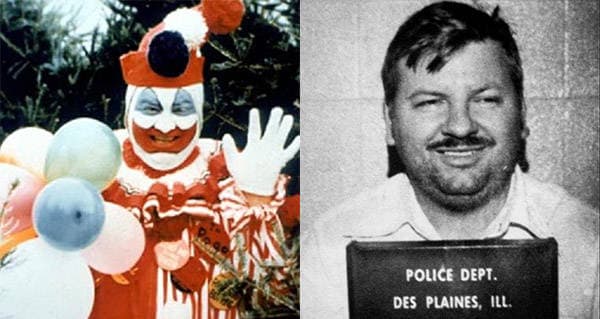
The issue? Gacy was an infamous serial killer who had sexually assaulted and murdered more than 30 teenagers and men between 1972 and 1977, He was arrested for his crimes and was executed in 1994. Not sure if the makers gave a nod to this terrifying man by naming the club so, but since the protagonist himself turns to be a killer while loving to don clown makeup, we can assume that nod was intentional.
The Director Cameo
Continuing on the above point and at the same club, the standup comedian, who was performing before Arthur, you know, the one making jokes about cars and parking spaces.... well, he is none other than director Todd Phillips himself.
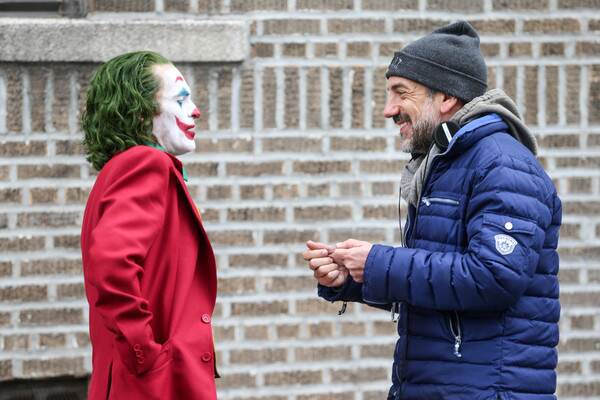
Todd Phillips has a habit of making cameos in his movies, like the creepy guy in the elevator in The Hangover, or a man looking for a 'gang bang' in Old School.
Eight Shots
Arthur Fleck's true journey to being the villain began with that fateful train journey when he shot three corporate stooges in the underground train. But there is a mystifying problem here too.
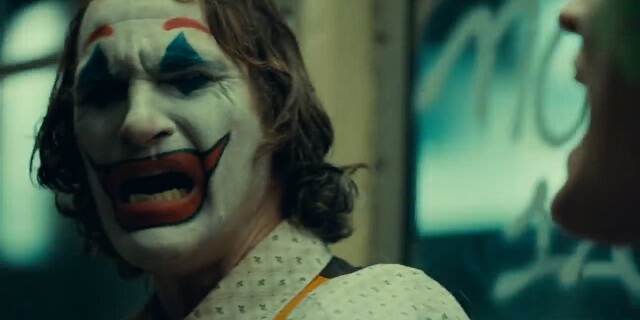
Eagle-eyed viewers have pointed out that Arthur had fired eight rounds from the revolver that his crafty colleague Randall had given him. However, that gun happened to be a six-shot revolver, and yet Arthur fired two extra rounds without us having to see him reload the gun. So was this scene also a part of Arthur's delusions? So what does that say about the rest of the narrative, when Gotham gets into chaos inspired by this event?
The Movies in The Theatre
When the Waynes leave the theatre in the climax, leading to a very fatal encounter later, the movies that are playing in the theatre are, Zorro The Gay Blade and Excalibur.
Ardent Batman fans know that in the comics and in some of the previous films that recreate the death of Batman's parents, the last movie they seem to be watching was The Mask of Zorro. So credit due to Todd Phillips for paying a tribute to Batman origins, but adding his own quirky take by using a lesser-known Zorro movie (yup, that movie exists!) to show that this is different from the other Batman movies.
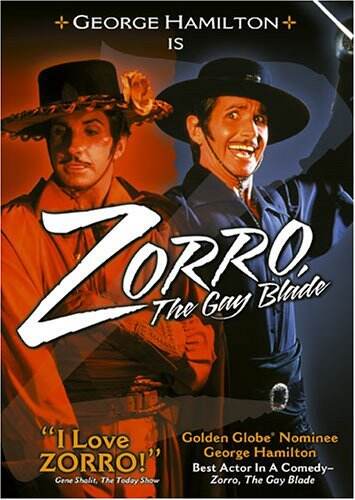
As for the other movie, Excalibur, it is a nod, strangely, to Batman V Superman: Dawn of Justice, as that was the movie that Wayne's were watching in the Zack Snyder film, before they got killed.
'Love Your Smile, TW'
Another topic in Joker that is expected to raise some interesting debates was if Arthur was really Thomas Wayne's son (making him Bruce Wayne's half-brother). It is later made out in the movie that his mother, Penny, had made everything up about the claim with the hospital records confirming this, as well as mentioning the fact that he is adopted and that he was abused by Penny's boyfriend. Arthur also believes it to be his mother's fault, which is why he kills her.
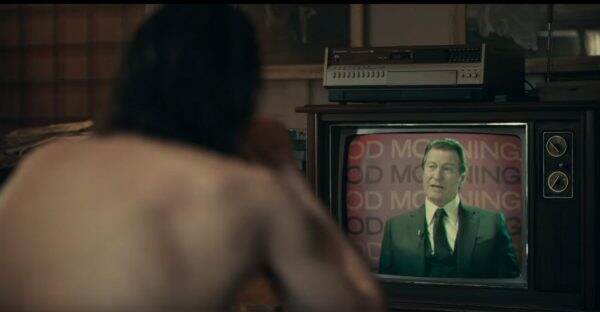
But later, Arthur finds a picture of a young Penny, and in the back of the photo, there is an inscription that reads 'Love Your Smile, TW'. Arthur doesn't care about that picture anymore and he crumples and throws it away. However, we are intrigued as there is no doubt that TW stands for Thomas Wayne, and he was besotted with Penny. So does that mean, she was telling the truth about Arthur's true lineage and Thomas fudged the records to wash his hands off the matter?
Charlie Chaplin
Joker has pretty heavy influences from two Martin Scorsese movies, Taxi Driver and The King of Comedy, incidentally, both starring Robert De Niro, who plays a popular talk show host in the film. Arthur's kinda unhealthy relationship with his mother can also be traced back to what Norman Bates has with his mother in Alfred Hitchcock's classic Psycho.
Another movie that has some pretty strong influence is a flick that is seen playing in Joker. Arthur enters into a theatre with the intention of confronting Thomas Wayne on his parentage, and sees the Waynes, along with the rest of the audience laughing at the antics of Charlie Chaplin in the classic silent film, Modern Times. At the same time, there are Gotham residents protesting outside the theatre against Thomas Wayne and the crumbling situation of the city.
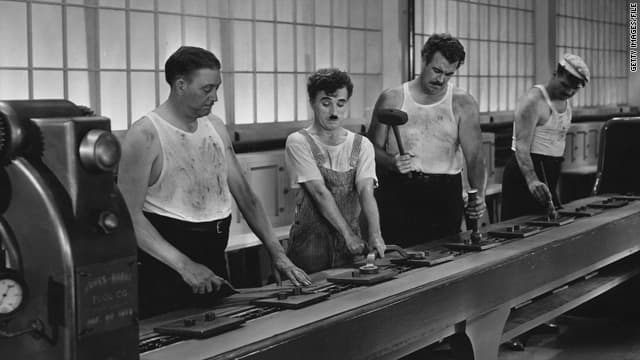
Interestingly, Modern Times is touted as a social commentary on the lives of people affected by the Great Depression of the '30s, that leads to massive job losses and dire financial straits in The States. Which is exactly what reflects with the situation of Gotha, during the period the narrative of Gotham is set. Another little tribute to the cinema legend is paid at the very end, when Arthur, after presumably killing his therapist, is running from one to another, with an attendant chasing him, reflecting such popular chasing scenes in Chaplin movies. Albeit, they weren't done in such a slo-mo manner!
(The above story first appeared on LatestLY on Oct 07, 2019 04:24 PM IST. For more news and updates on politics, world, sports, entertainment and lifestyle, log on to our website latestly.com).





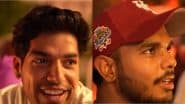
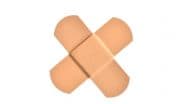






 Quickly
Quickly








